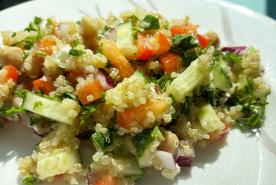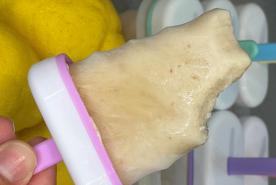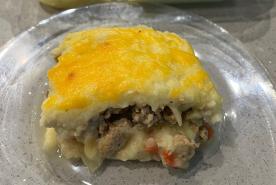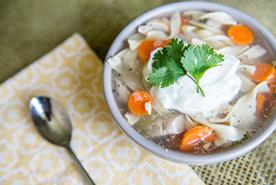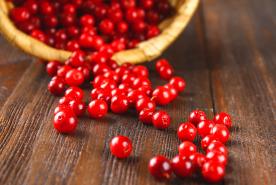Prevention, daily life, and wellbeing Diet and nutrition Food and cooking Vitamins, nutrients, minerals, and supplements Sodium
Reduce sodium in your diet to protect your kidneys. Read labels, choose fresh foods, avoid salty seasonings, dine out smartly, and adjust to less salt over time.

When it comes to dietary sodium, less is certainly best. Yet Americans today consume 50% more than the recommended daily quantity of only one teaspoon of salt per day. Diets high in sodium increase blood pressure levels. High blood pressure damages the kidneys over time, and is a leading cause of kidney failure.
Here are the top 5 tips to reduce salt in your diet.
- Make reading food labels a habit.
Sodium content is always listed on food labels. Sodium content can vary from brand to brand, so compare and choose the lowest sodium product. Certain foods don't taste particularly salty but are actually high in sodium, such as cottage cheese, so it's critical to check labels. - Fresh is your best bet.
Stick to fresh meats, fruits and vegetables rather than their packaged counterparts, which tend to be higher in sodium. - Avoid spices and seasonings that contain added sodium.
For example, avoid garlic salt. Choose garlic powder instead. - Eat out with confidence.
Many restaurants list the sodium content of their products on their websites, so do your homework before dining out. Also, you can request that your food be prepared without any added salt. - Wait it out.
"You can learn to adjust to eating less salt," says registered dietitian Linda Ulerich, member of NKF's Council on Renal Nutrition. "It typically takes about six to eight weeks on a low-sodium diet to get used to it. After that, you'll actually find that some of your favorite salty foods, like potato chips, taste too salty to you."










